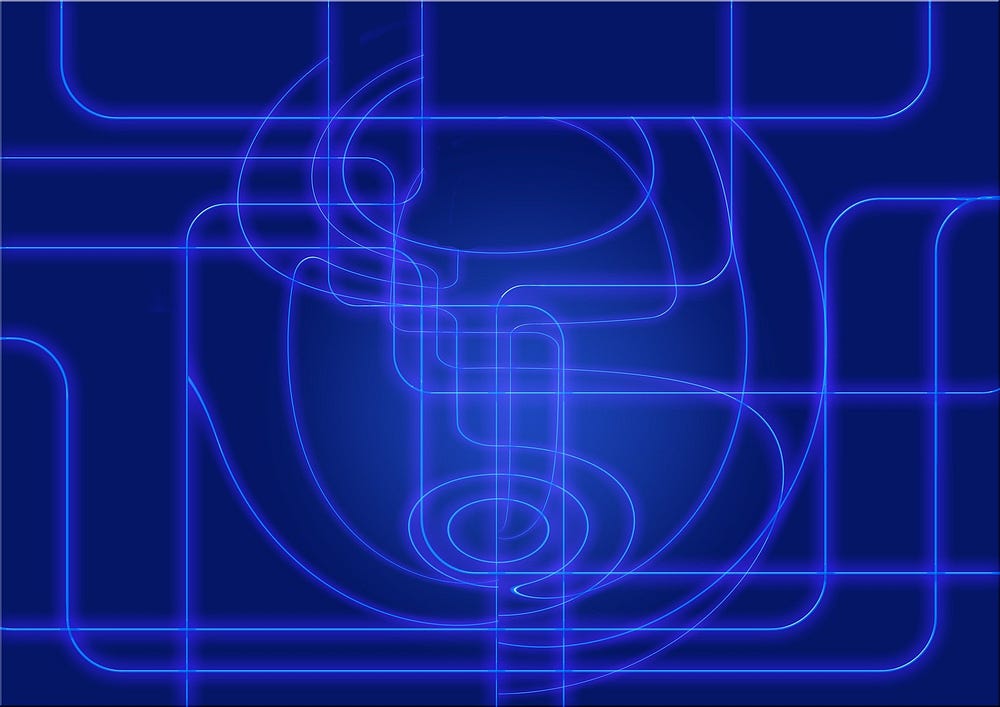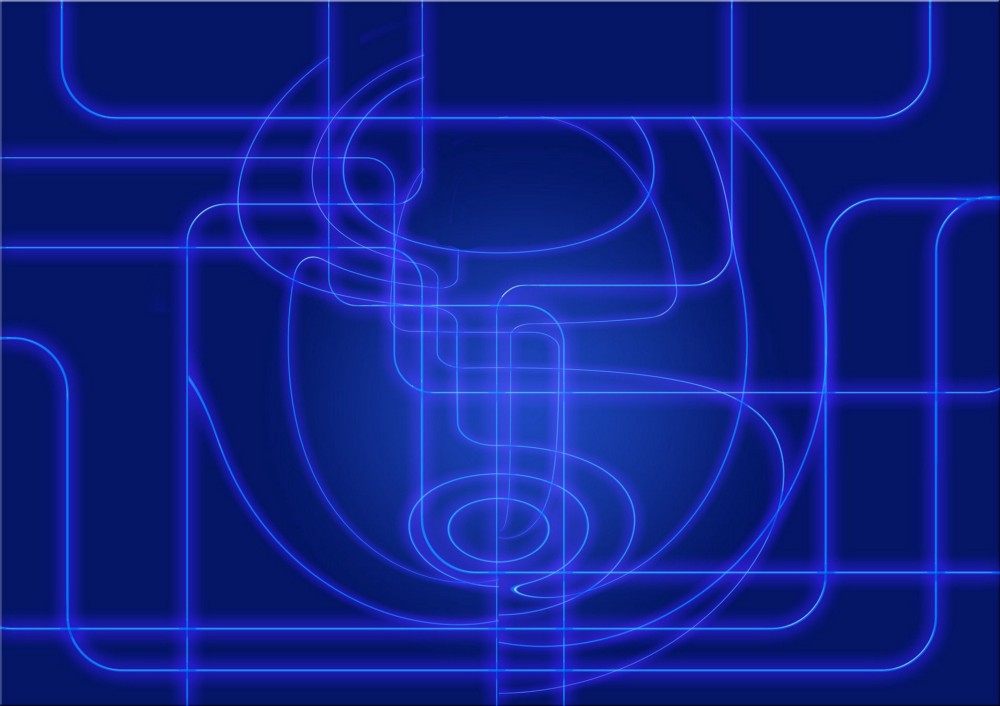
AQT
Scientists at the University of Rochester have published a series of papers that claim significant improvements in the transfer of information in quantum systems. The research team, consisting of lead authors John Nichol, an assistant professor of physics and astronomy, along with graduate students Yadav Kandel, Haifeng Qiao, and others, published their findings in the scientific journal Nature Communications.
So what did they actually achieve?
The researchers demonstrated — for the first time — a way of transmitting information between electron-spin qubits. The technique, called adiabatic quantum state transfer (AQT), is very different from other tried and tested methods of transferring information between qubits that depend on electric or magnetic-field pulses that are carefully tuned. AQT is, fortunately to the researchers’ advantage, not influenced by pulse errors or noise.
To give a simple, pictorial example of how AQT works, the team put it this way:

“Imagine you are driving your car and want to park it. If you don’t hit your brakes at the proper time, the car won’t be where you want it, with potential negative consequences. In this sense, the control pulses — the gas and brake pedals — to the car must be tuned carefully. AQT is different in that it doesn’t really matter how long you press the pedals or how hard you press them: the car will always end up in the right spot. As a result, AQT has the potential to improve the transfer of information between qubits, which is essential for quantum networking and error correction.”
By exploiting what is called entanglement, ie. a physical phenomenon that happens “when a group of particles are generated, interact, or share spatial proximity in a way such that the quantum state of each particle of the group cannot be described independently of the state of the others”, Nichol and his team demonstrated AQT’s effectiveness “to transfer one electron’s quantum spin state across a chain of four electrons in semiconductor quantum dots — tiny, nanoscale semiconductors with remarkable properties.”
Remarkably, this is the longest chain over which a spin state has ever been transferred. This ties the record set by the researchers in a previous paper, Coherent spin-state transfer via Heisenberg exchange, published in Nature in 2019.
“Because AQT is robust against pulse errors and noise, and because of its major potential applications in quantum computing, this demonstration is a key milestone for quantum computing with spin qubits,” said Nichol.
Time Crystals
In Floquet-enhanced spin swaps, the team’s second paper, Nichol et al demonstrated another technique of transferring information between qubits. This time, the team employed an “exotic state of matter” called time crystals, which is a strange state of matter where interactions between the particles that make up the crystal can stabilize oscillations of the system in time indefinitely. Again using an easily visualized example, Nichol’s team put it this way:
Imagine a clock that keeps ticking forever; the pendulum of the clock oscillates in time, much like the oscillating time crystal
In the end, the researchers managed to produce a state similar to a time crystal by applying a series of electric-field pulses on electrons. By doing this, the team found they were able to then exploit this state to enhance the transfer of an electron’s spin state in a chain of semiconductor quantum dots.
Potential
“Our work takes the first steps toward showing how strange and exotic states of matter, like time crystals, can potentially be used for quantum information processing applications, such as transferring information between qubits,” said Nichol. “We also theoretically show how this scenario can implement other single- and multi-qubit operations that could be used to improve the performance of quantum computers.”

Although AQT and time crystals are different, it is possible that they could be used in tandem with quantum computing systems to improve overall performance and bring the technology forward.
With Nichol adding:
“These two results illustrate the strange and interesting ways that quantum physics allows for information to be sent from one place to another, which is one of the main challenges in constructing viable quantum computers and networks.”
For more market insights, check out our latest quantum computing news here.


















